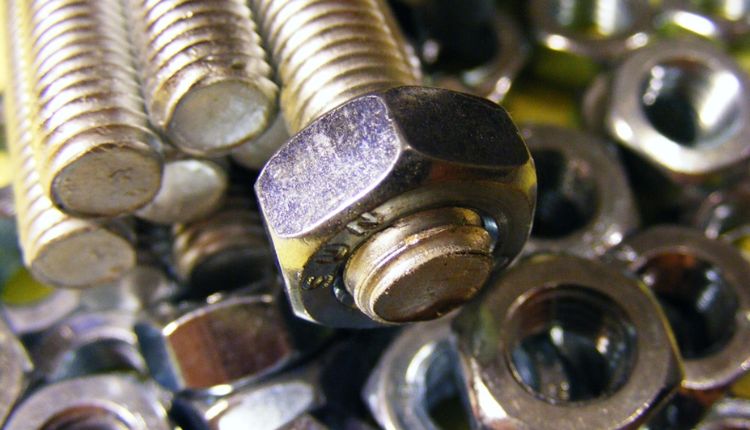If you haven’t really taken the time to think about it before, bolts aren’t really all that interesting. It’s just another fastener that you use in projects, right? But the simple fact of the matter is that there are more bolts than you could have imagined.
Having access to high-quality bolts from a vendor like RS means that you will have the right fastener for any situation or setting. A good place to start is by getting to know the different types of bolts you might encounter.
Hex Bolts
The hex bolt is really easy to identify because it has – you guessed it – a hexagonal head. Most wrenches and socket sets are used to tighten these, coming in a huge variety of sizes both standard and metric.
Your hex bolts are going to be common for structural components and fastening most machine parts. Wherever you’re joining metal and wood, they are also perfectly suitable. Hex bolts are great because of the wide range of sizes you will typically find.
Flange Bolts
The flange bolt has a hexagonal head very similar to hex bolts. The main difference is that there is a circular piece underneath the head that looks an awful lot like a washer. That piece is what helps to improve clamping force and deliver even distribution of that force.
You will find flange bolts most commonly in vehicles. That’s because they protect the transmission and engine systems by tightly holding the outer casting. They are also used in piping systems. That’s because flange bolts can hold two flanged pipes together safely and securely without applying too much force to either component.
Carriage Bolts
Your average carriage bolt is going to have a partially threaded shaft and a shallow dome head that has a flat tip. There is also a square neck right underneath the head that keeps the bolt from turning while you are trying to tighten the nut.
Carriage bolts are most common in situations where you need to join wooden and metal parts together. That typically means use for deck installations, frames, patios, and even some kinds of furniture.
Blind Bolts
If you can’t get to the other side of the material, a blind bolt is going to be the right option. Where you would typically use a nut on the other side of a through hole, the blind bolt is meant to anchor within the material without being able to see the other side.
You install a blind bolt by putting it right into a pre-drilled hole and rotating it to expand the anchor. You can see the nut on the visible side with the spanner rotating it while also preventing the already installed bolt from moving. They are great for quick installations where the bolt doesn’t come through the other side.
Anchor Bolts
For concrete-based projects, you are going to need anchor bolts. You see these most commonly in the construction business, used in a huge array of concrete-related structures. For the most part, they are used at the base of large, steel poles to provide more stability.
You’re going to find two types of anchor bolts: headed and bent. The headed bolts have that head embedded right into the concrete. They come in both square and hexagonal shapes and hold down columns, rails, and poles.
Bent anchor bolts have either an L- or J-shape at the end of the shaft. That bend keeps the bolt from pulling up from the concrete whenever extreme forces are applied. For your street signs and light poles, the bent anchor bolt is best.
